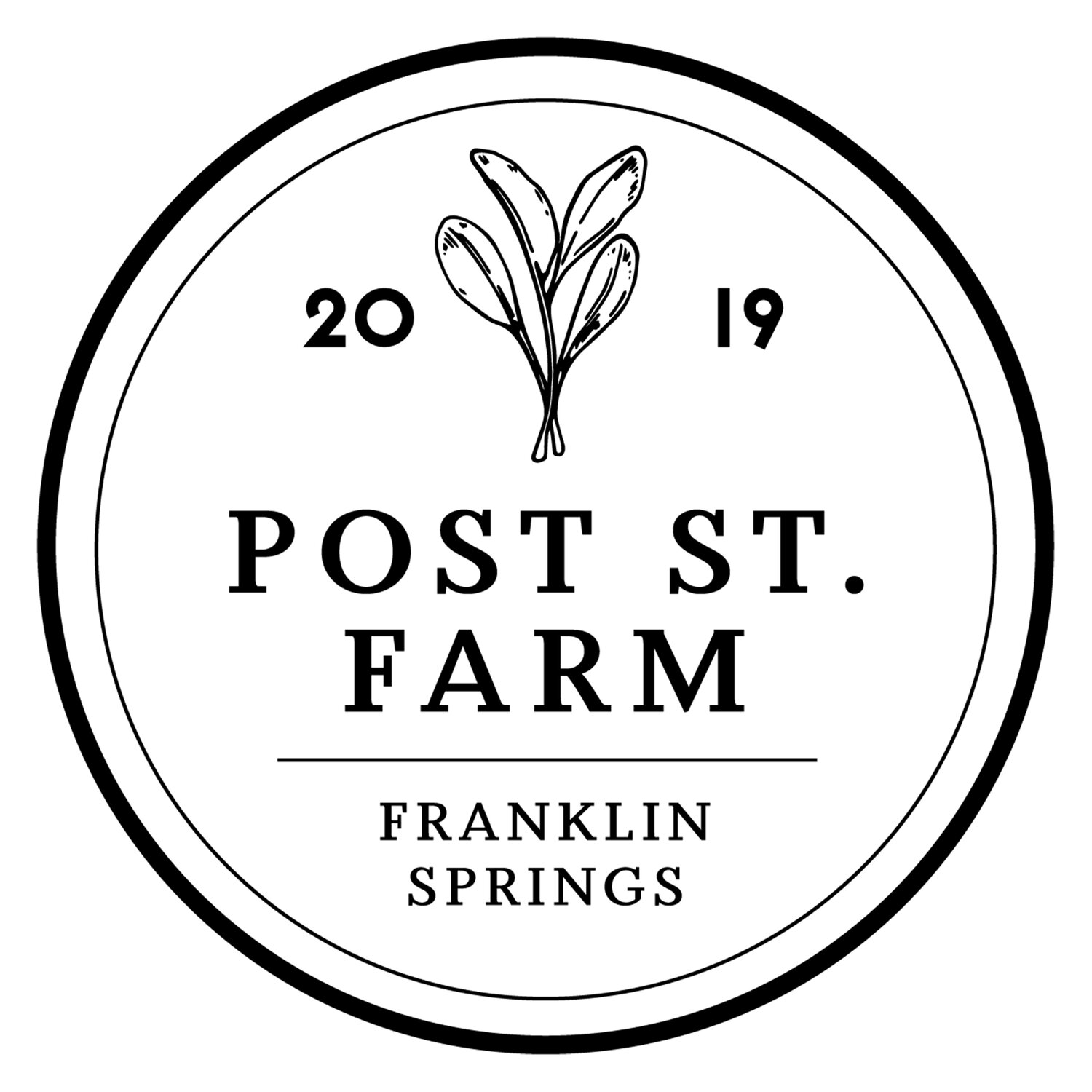A Weirder Alternative
I traveled north this past week to attend the High Tunnel Production Conference in West Lebanon, N.H. Moose Crossing signs, windy mountain roads and ski resort towns unfolded along U.S. Route 7 on my way to a Wednesday morning tour of Spring Ledge Farm.
The conference was great and I came away with lots of new ideas to improve our own operation. Most surprising, though, were my fellow attendees. I didn't know what to expect going in but these people were, for one, very serious about farming. And two, they were mostly young people.
Some wore overalls. Others wore business casual. There were knitted winter hats, manicured nails, Carhartt vests, sneakers, hiking boots, buttondowns, hoodies and flannel. Lots and lots of flannel. One guy even trudged through the snow in Crocs. And everyone, almost everyone, came with their own reusable water bottle. All types of people, though. I'd say that 80 percent of the audience was 40 or younger.
According to the U.S. Department of Agriculture, the average age of farmers in the US is 57. That's up from just over 50 years old in 1978. In some select areas of the country now, the average age of farmers is over 70.
So what gives? Why didn't the conference reflect this?
There’s are a lot of doom and gloom stories out there when it comes to the future of farming and farming in general. All outlooks on agriculture seem to paint a grim picture. Pessimism pairs with farming like pork chops and applesauce. Climate change. Depleting top soil levels. Drought. Floods. When's the last time you read a headline like, "Yields and Profits Booming, Farmers Rush to Jacksonville to Retire Early"?
No, it's no shocker that "Farmer" didn't make the U.S. News & World Report's 100 Best Jobs of 2023.
But it's true. There are so many things that need to go right to farm well. And so many things that can go wrong.
For young farmers willing to brave that storm, there are even more hurdles. Access to affordable land is a major one for those first generation growers. Add to that the costs of equipment, the physical demand of the job, the stress, the modest, often inconsistent income, the influence of the aforementioned grim view the industry, and, well… Yeah. Web developer seems like a way better career bet.
The odds are stacked against the young farmer. But, boy, based on what I saw in New Hampshire, it hasn't stopped young people from trying. But why?
A big part of it is likely the altruistic nature of these young farming hopefuls. They see the vulnerabilities of the modern food system, the effects of conventional agriculture on the environment, the lack of nutrition and flavor in supermarket aisles, and they want to change it. They want to change the world.
But I think another part of their drive is fueled by how new farmers are approaching farming. They're coming in through the back door and they're rolling in on a skateboard. They're trying it differently.
These young growers are not farming acres and acres of one or two cash crops. They're doing 20 crops on half an acre. They're working smaller areas to be more productive per square foot and more diligent with soil health and weed management. They're farming in tunnels to have more control over climate conditions. They're ditching heavy equipment and, in some cases, boots to walk barefoot on the dirt. They're weird. More politely, they're "contrary farmers," as Gene Logsdon put it in his book "Letter to a Young Farmer." These were the people at the conference.
Sure, the average age of the farmer in this country is 57. But the average age of the weird farmer—the contrary farmer—is probably around 27. Or less.
I've heard it said by people whom I believe in that small farms, many small farms, are the real future of farming. Is this weird young movement the answer, the solution that will save us all?
Maybe.
If nothing else it offers some hope. And hope feels like a pretty great alternative to all this doom and gloom. Even if it doesn’t wear shoes.
—John


